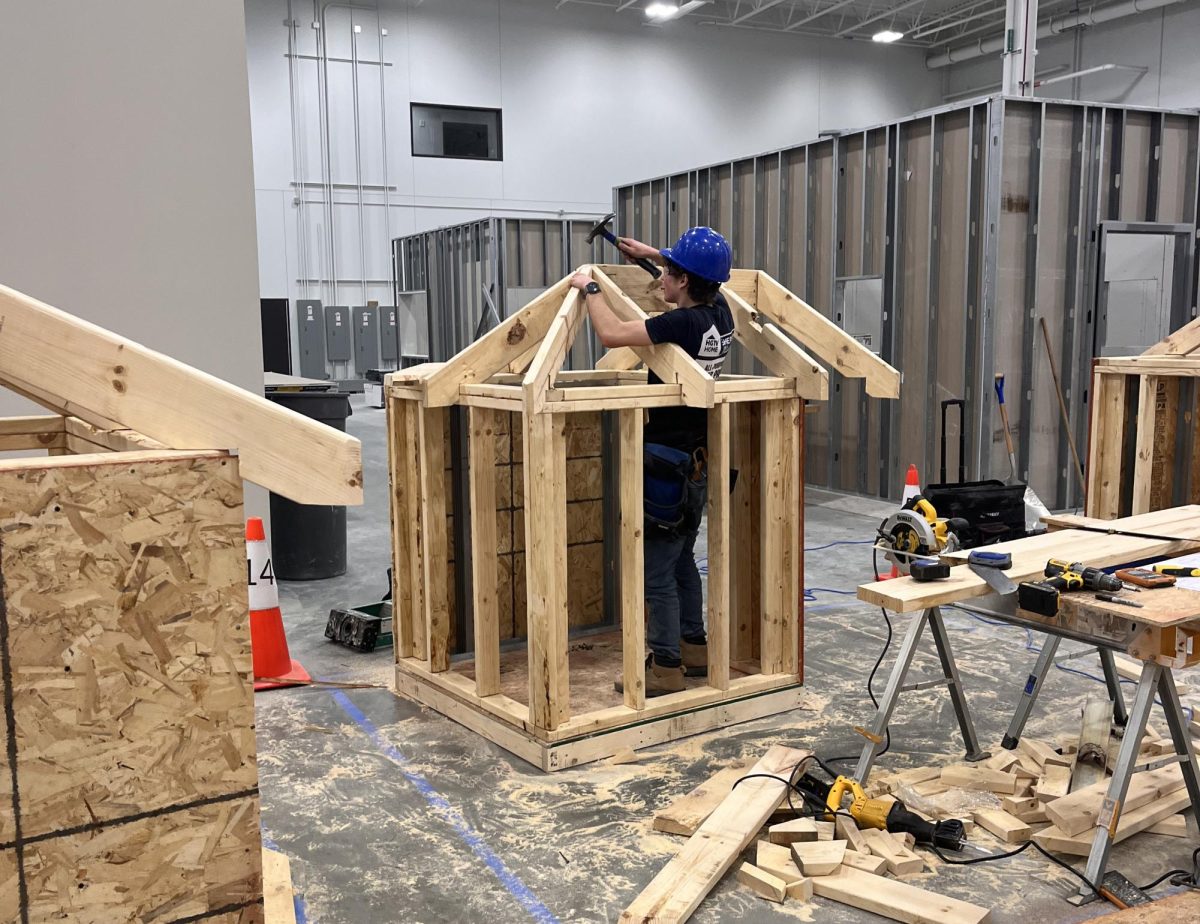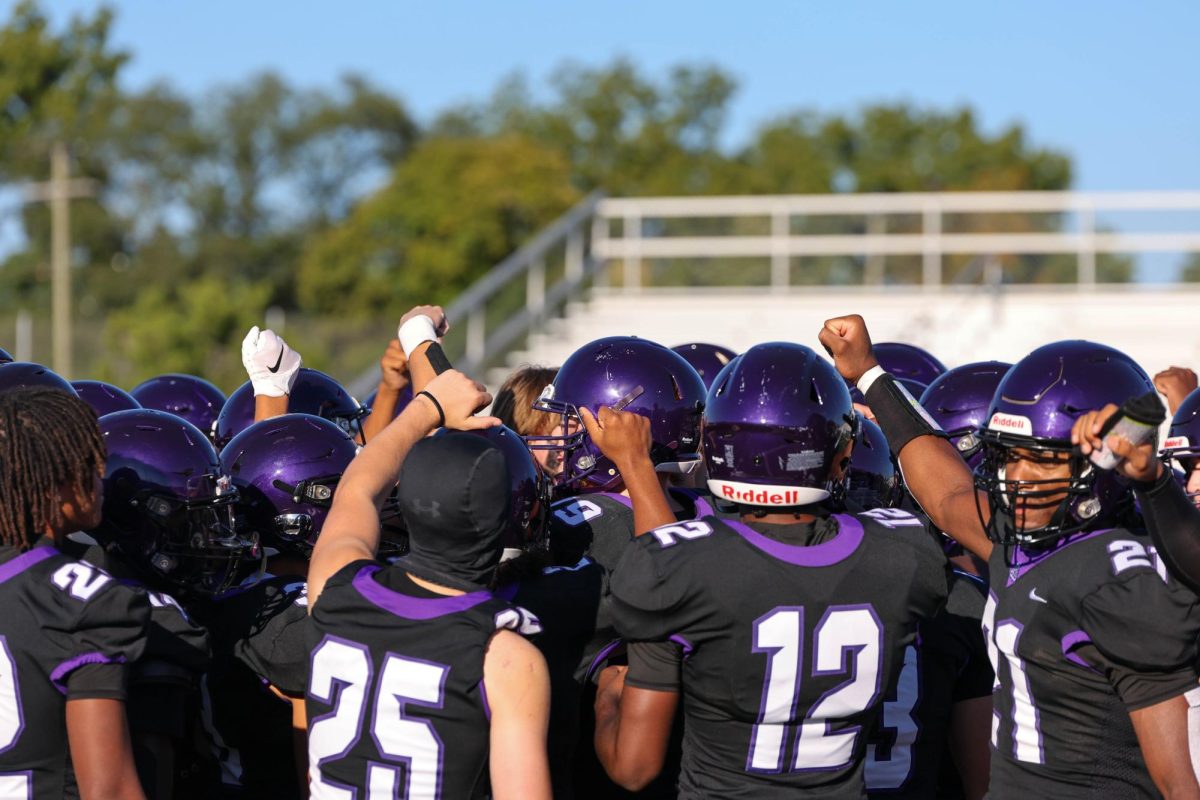People often share similar childhood experiences and rites of passage. Many of these are “first-time” childhood experiences like riding a bike, going sledding or taking your first flight in an airplane. For many, the exhilaration of these experiences ends with the onset of adolescence. Once you have your license, the bike is hung up in the garage, sledding becomes just too damn cold, and flying becomes just another means of travel. For Jad Donaldson, Chief Pilot at Avfuel, flying never lost that first time magic and evolved from a literal flight of fancy to a means of income and source of pleasure, creating for him a titillating lifestyle. Jad Donaldson, like the others I have written about, is living his dream.
Before he could even ride a bike, Donaldson longed to fly.
“I took my first airplane ride when I was three years old at the Ann Arbor airport and I never stopped looking up,” said Donaldson. “I knew when I was three years old that I wanted to be a pilot, so my entire life has been spent trying to figure out how to get in the air… and stay there.”
Ever since his first flight, Donaldson’s life had been fast-tracked to becoming a pilot, and flying. At age 12, Donaldson learned to fly a glider, by age 14, he was licensed to fly by himself and by age 16, he had received his first flying certificate. Through perseverance, dedication, and overall hard work, Donaldson’s dreams of flying professionally started to edge closer and closer to reality.
“I always wanted to get into [flying], so as soon as I had an opportunity; I kept learning to fly, and I found more and more people who could teach me. I took odd jobs all summer long when I was in high school and every dollar I got went into flying.”
Donaldson works for Avfuel Corporation, which according to its website is “the nation’s leading independent supplier of aviation fuels and services.” More specifically, Donaldson works as the company’s chief pilot, which puts Donaldson in a position of great responsibility. His job “involves everything to do with the safe operation of our corporate aircraft and our flight department.” Donaldson is responsible for the financial aspect of operations from keeping track of what it costs to run the aircraft, to buying new aircraft. When it comes to training, Donaldson must train the flight crews and mentor the pilots. In terms of flight operations, Donaldson must oversee the whole thing. Not only does he need to know where the aircraft is any time it’s in the air, but he needs to do his part in the maintenance of the aircraft.
For Donaldson, the reward is well worth the work. His favorite part of the job is easily the view. Donaldson has had unique opportunities to see many things that not many people will ever get a chance to see. One of his favorite things to see, in aviation terms, is known as the “terminator.” For those of you not up to date on aviation-slang, much like I wasn’t before meeting Jad Donaldson, this is how he described it. “When you are at 45,000 feet and the sun begins to go down, you can actually see the curve of the earth – it almost looks like you’re on the edge of space. There’s a line that comes up, in aviation terms they call it the terminator, it’s the line between day and night, right when night starts. It parallels the horizon; below is the ground, above is blue, and in the middle is black. It is amazing to watch it.”
Flying however is not all beautiful sunsets and picturesque views. Donaldson has experienced mechanical malfunctions while flying and yes, he has had to perform emergency landings. Multiple times actually. “I have been in a single engine airplane three times that we’ve had an engine failure,” said Donaldson. He went on to say that “The good news is that I learned to fly as a glider pilot, so in the three times that I’ve had to land an airplane without an engine, I was fortunate enough to understand that when the engine quit, it wasn’t all over. You don’t stop flying the airplane until its come to a complete stop.” Although Donaldson is experienced in flying without a working engine, he still described the atmosphere in a malfunctioning plane how it was first explained to him years ago. Donaldson told me “a good friend of mine has always said, ‘there are no atheists in the cockpit when the engine quits.’”
While each near death experience leaves a lasting impression, the most intriguing tempting of fate ended on a highway. “I had the unfortunate opportunity to be landing an airplane on a highway at night, merging with traffic, flying under two overpasses and landing in the southbound lane on Interstate 69 in downtown Fort Wayne, Indiana,” said Donaldson of one of his emergency landings. He went on to explain the cause of the incident. It happened “when my engine on a single-engine six-seater quit. We all walked away – no damage to the aircraft at all. It was a mechanical malfunction that caused the problem. The next morning the State Police stopped the traffic on the highway. We flew the plane off the highway and everything was fine.”
Despite the risks of flying, Jad Donaldson loves his job and minimizes the risks of flying through meticulous preparation and planning. “Every time I get my hands on the aircraft I have a better chance to get a look and see what its doing. It’s a machine and it has a lot of parts and pieces that are put together to make it fly and do what it does and I like to be really in tune with how the machine is working… Any situation where I can get a better look at my aircraft is going to make me a better pilot. It’s just an added safety benefit for me to be that in tune with my airplane.”
Next time you look up in the sky, forget the hassle and stress associated with commercial flight and picture Jad Donaldson, chief pilot at Avfuel, fulfilling his dream and enjoying the views.





















